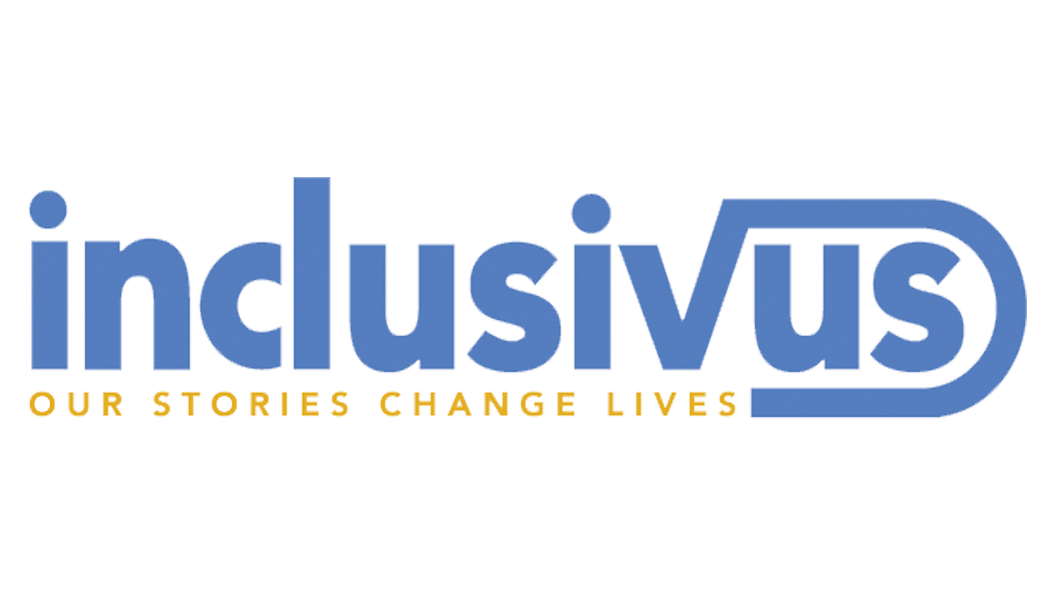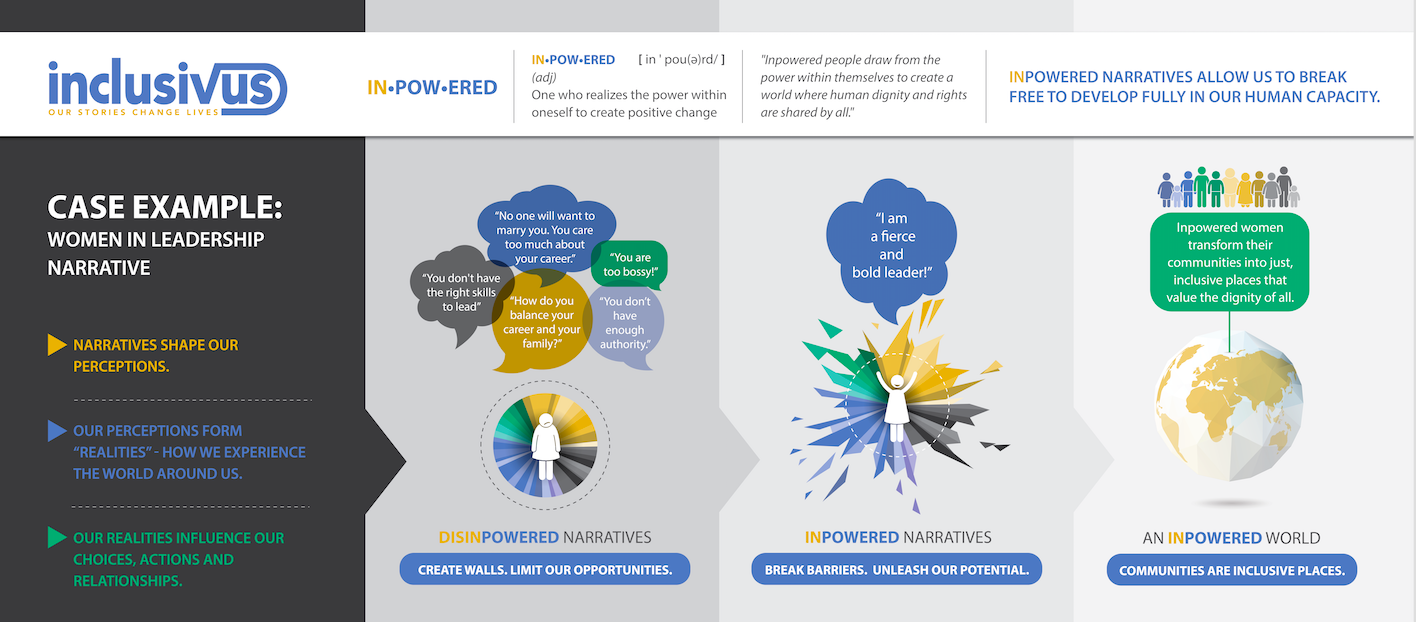By Judithe Registre, Founder and Podcast Host
“History is written by the victors.”
We’ve all heard this before, but I bet you, like me, never stopped to think about what that short phrase truly means. This old adage extends far beyond high school history classes and reaches into the heart of our lives. Its reach is almost limitless—it is a truth that touches upon everything and shapes our own histories.
Perhaps we don’t associate history with philanthropy, social change, or racial, gender and economic justice, but they are more closely related than we may think. History is much more than a description of past events—it is all the myriad stories from individuals and communities and groups and nations, stories that have made up a people’s past and are framing their present and future. They are the stories that shape our lives, tell us where we come from, who we are, and where we are going. As Sunny Singh noted for The Guardian, “The stories that we share among ourselves give us the vision of our individual and collective identities.”
Currently, these stories rest in the hands of a very select few. They rest in the hands of those proclaimed victors, the people who have amassed means and privilege. As long as storytelling remains in the hands of these select few, we will not be able to achieve social justice or progress. We will become more disconnected, and humanity will continue to suffer because we will be failing to tell the true stories.
Whose voices are telling our stories?
Because the stories and narratives that shape our lives tend to be written by a small group of people, they can hardly be said to be representative of all people in a given society. More often, they are not at all.
Consider the typical pattern of news reports: Media outlets send reporters into a community to report back to the broader society about a given situation in this place. These people, the reporters and the companies that they represent, are often very different from those they are reporting on or about. When objective reporters enter into a community or home, despite even the best intentions, they will inevitably bring with them the many hidden biases and unconscious mental barricades that shape their world views and the media company’s objectives. These barriers (or the "frame") make it impossible for them to accurately portray the real lives and events of the people they’re reporting on. It should be noted that reporting the news is not about the lives of people. So it is not the new corporations’ de facto responsibility to transform narratives. In response to government actions to uphold certain values and principles, news corporations can be invaluable when they truly aim to serve the broader public.
We are told to believe there is objectivity in journalism and activism. Yet we also know that we approach things differently when we have a stake in the game. When our livelihood depends on how certain stories are told and the outcome of those stories, we tell them differently. And behind all media outlets are people whose livelihoods depend on exactly that—how stories are told. Even with the best intentions, we tend to bring our points of view to each story that we tell. This is important to note, accept, and negotiate not only as we consume stories, but also as we tell our own.
This is not to say that we should distrust journalists and news corporations, many of whom are working to find angles that will contribute to the narrative of social change. It is simply to say that given the ways in which tensions and priorities can shape all stories, we must all be vigilant in questioning and being more aware of the voices and frames behind the stories we’re taking in. We must be mindful of the fact that the stories we’re consuming are coming through filters, and that these filters are not always aimed at racial, economic, or gender justice. More importantly, as active citizens, we must recognize our responsibility to engage in shaping the narratives that impact our lives and our communities.
How can we engage in shaping narratives?
Consider all the different tools that technology offers us to expand storytelling: Social media pages of individuals, community leaders, and local organizations; Meetup and Facebook events; activism listservs; and so many more. With tools like these at our fingertips, it is imperative that we seize these opportunities to expand storytelling, that we work to enable the voices and perspectives of the many, not just the few, and that we engage in content development, not just consumption. It is imperative that we open our minds continuously to sources beyond major news corporations.
All this to say: We must move beyond seeking to be the voice for the so-called “voiceless.” In many cases, this simply is not necessary. Plus, with all the tools available to us now, we are capable of so much more. Everyone has a voice. Rather than struggling to add our own voices to the mix, what if we worked to help others be heard? What if we leveraged the tools at our disposal to project the voices and stories of others—those people who feel compelled on the problems and solutions that plague our lives and communities? What if we put our energy into listening, empathizing, and transforming the stories and narratives that have negatively portrayed historically excluded people and communities for so long?
We can start now. Share this article on Twitter and Facebook; start following social media accounts of activists and social change organizations that represent historically excluded groups; start conversations with your friends and family. Most importantly, start listening.






